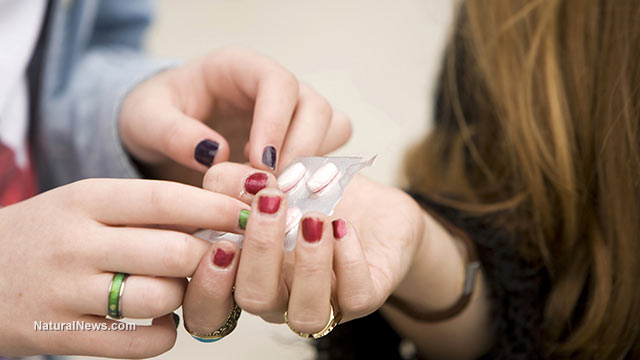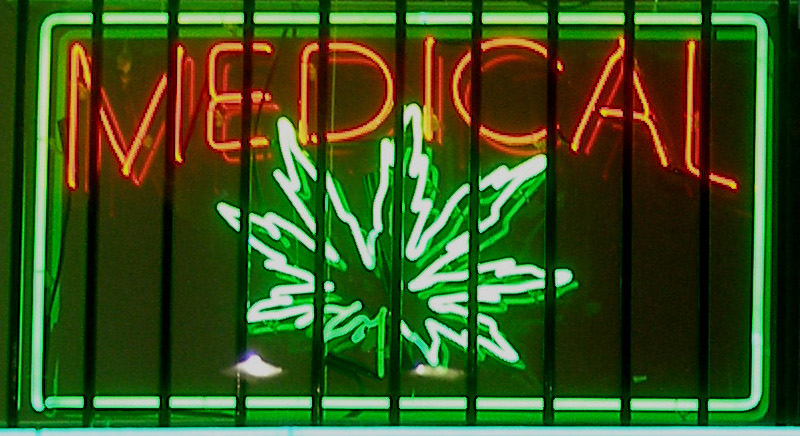Prescription opioid use spreads through households – when one household member uses, it increases the risk of others becoming addicts
02/14/2019 / By Rita Winters

The country’s opioid epidemic involves not only current prescription opioid users, but their immediate family members as well. According to a report from Marissa J. Seamans of the John Hopkins Univeristy Bloomberg School of Public Health, living in a household with a prescription opioid user may cause others in the household to become prescription opioid users as well. The study was published in The Journal of the American Medical Association (JAMA) Internal Medicine.
The observational study used the data of commercial insurance beneficiaries that share a health plan from 2000 to 2014. Findings show that outpatient pharmacies that dispense prescription opioid versus prescription non-steroidal anti-inflammatory drugs (NSAIDs) by a household member results in dispensing of a prescription opioid for another member for the same household. The millions of prescription opioids are usually stored in household medicine cabinets, a potential for drug sharing among residents of the same house. What remains unknown however, is if the opioid prescribed to one person of the household is also used by another member of the same household.
The risk of prescription opioid use was increased by 0.71 percent among households with members who have been prescribed opioid medications as compared to households with members who have been prescribed NSAIDs, all within a year. While the increase in risk of non-prescription opioid use is small, more recent findings from newer studies may show otherwise. The reasons for the drug sharing within households were not measured in the study.
The lowdown on prescription medications
Opioids are analgesic or pain relief medications usually prescribed by doctors to patients who have chronic pain complaints. These kinds of medication are known to be addictive, and is also known to cause health problems as well as early mortality. These medications may either be taken orally, inhaled through the nose, injected into a vein, or smoked. These opioids highly impact the brain, and temporarily cause a feeling of intense pleasure. Many of the effects of opioid use include nausea, vomiting, a weakened immune system, slow breathing rate, coma, and an increased risk of cardiovascular diseases. Relieving oneself of opioid medication use, however, causes withdrawal symptoms. The best way to rid oneself of these drawbacks is to avoid opioid medication use altogether. (Related: Doctors are now prescribing non-medical pain management techniques for low back pain, such as yoga and meditation.)
Many studies have already found natural remedies and alternatives to pain relief medication such as yoga and meditation. More often than not, people complain about pain even if the pain itself is tolerable, leading to unnecessary prescriptions. Furthermore, reliance on any type of drug creates a resistance in the body to the abused drug, and weakens the immune system, disabling it from fighting newer diseases and illnesses. By using prescription drugs, whether opioid or NSAID, we incapacitate our own natural ability of healing ourselves.
In line with this, many healthcare professionals are starting to prescribe a healthy lifestyle instead of medications that are only temporary solutions. A healthy lifestyle, which is inclusive of good nutrition from natural, whole foods and regular physical activity, is a long-term way of life that ensures a lifetime prevention of diseases and disorders.
Readily available natural painkillers
Take note of some of these natural painkillers.
While prescription drugs may offer immediate relief, we should rather get used to living each day as healthily as possible. Get your daily dose of exercise, include fruits and vegetables in your meals, and keep your mind strong and sharp by taking challenging classes.
Sources include:
Tagged Under: addiction, harmful medicine, NSAID, opioid drugs, opioid medication, pain relief, painkillers, Prescription drugs, remedies



















